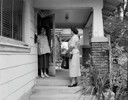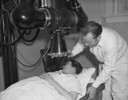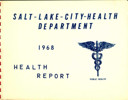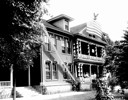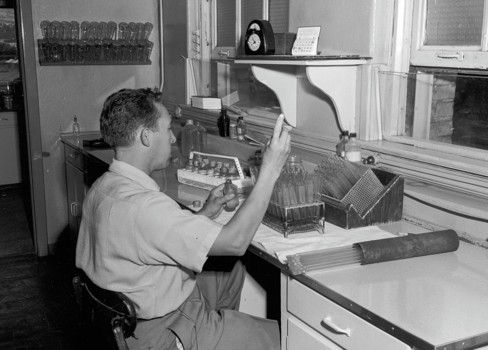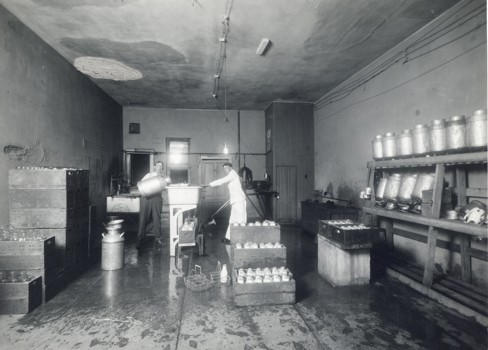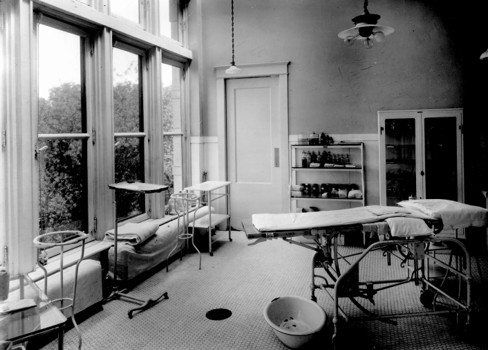Germ Theory 1880-1912
In the 1880s, Salt Lake City locals were calling on the government to take sanitation and waste disposal seriously, still thinking that foul air and poverty contributed to disease. Meanwhile, on the other side of the world a Frenchman named Louis Pasteur was discovering the core tenants of germ theory. Because of Pasteur’s discoveries, public health officials started to accept that disease was not spread by bad air but by microbial life in the form of germs and bacteria.
This revelation completely altered how government leaders, doctors, scientists, and the public thought about health, and it resulted in greater regulation of all sorts of things in Salt Lake County. With new bacteriological testing methods, the water that flows into Salt Lake from surrounding canyons started to be tested for disease, meat and dairy factories could be inspected for contamination, and disease outbreaks could be managed with immunizations and quarantine procedures.
